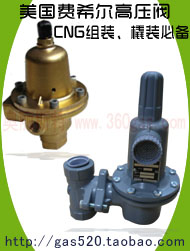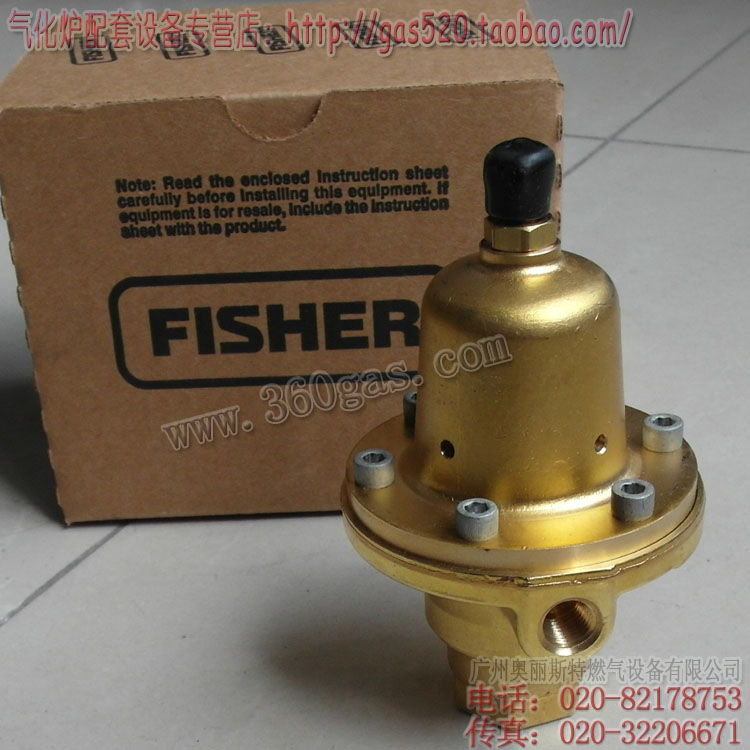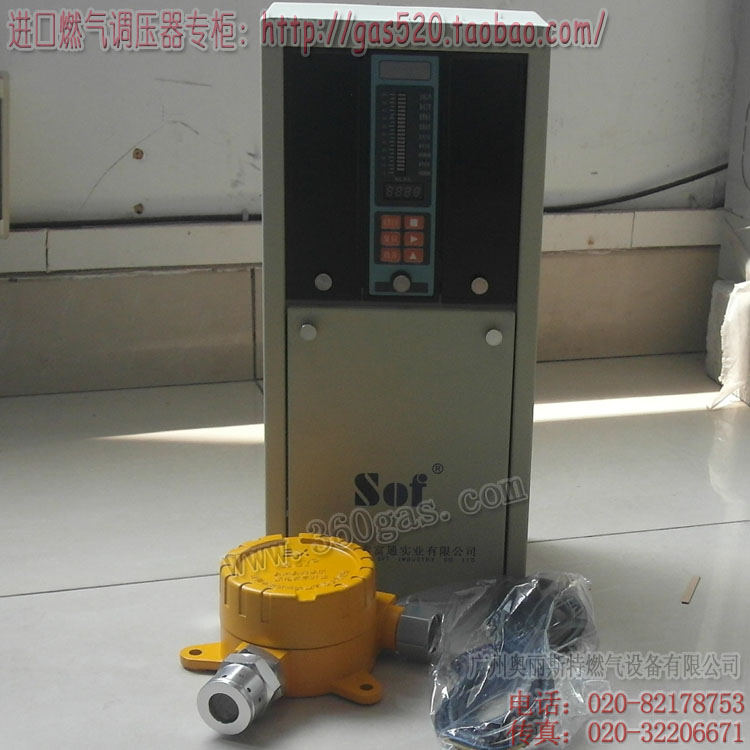λ�ã���ҳ > ȼ����Ѷ > TEN-T Funding Move
TEN-T Funding Moves Rotterdam Closer to LNG Hub
������� 729 , ���� 2013-10-22 , ȼ���豸 �����ղ�
The Port of Rotterdam Authority has been granted two European Union subsidy applications relating to the establishment of a Liquefied Natural Gas (LNG) hub. It involves a subsidy of �40 million (USD 54 m) for LNG infrastructure for the Rhine-Main-Danube area and a �34 million (USD 46m) subsidy for the LNG breakbulk terminals in Gothenburg and Rotterdam. Together, the projects will create a logistics chain for LNG �� the first in Europe.
The Port Authority wants to make Rotterdam the most sustainable port of its kind and sees LNG as a way of substantially reducing emissions from shipping. The subsidy is in line with the Port of Rotterdam Authority��s endeavour to fully develop the market for LNG as a fuel and to open an LNG hub in Rotterdam before the end of 2015. In order to achieve this the Port Authority is investing in infrastructure (including a breakbulk terminal), it is closely involved in putting the necessary (inter)national policy and regulations in place and is investing in cooperation with relevant partners. The two subsidies were also the result of close cooperation with other (inter)national parties.
The projects are two of seven LNG-related projects recommended for funding by the Trans-European Network for Transport (TEN-T) as part of Call 2012 (Multi-Annual Call and Annual Call combined), totalling �105 million (USD 139 million).
European chain
The subsidy represents a considerable boost for the Rotterdam LNG hub, but by no means all the cash will benefit the port of Rotterdam specifically. The whole European LNG logistics chain will profit. For instance, 33 partners are involved in the LNG Masterplan for the Rhine-Main-Danube corridor. The project is coordinated by ��ProDanube��. The Port Authority is coordinator for the Rhine corridor. The ports of Antwerp, Strasbourg, Mannheim and Basel and a few private parties are also involved. The subsidy for the breakbulk terminals relates to a joint venture between the ports of Gothenburg and Rotterdam. Via the breakbulk terminal, it will shortly be possible to supply LNG to the bunker market in (north)west Europe as well.
LNG in Rotterdam
Since 2011 the port of Rotterdam has had a special terminal for storing and handling liquefied natural gas; the Gate terminal. The first inland vessels to sail on LNG are the Argonon and the recently launched Greenstream, which Shell now charters. This year, the municipality of Rotterdam amended the regulations, so that inland shipping can now bunker. Supported by this subsidy, the port authorities of Rotterdam, Amsterdam, Gothenburg and Antwerp, among others, are now preparing further joint international regulations.
LNG
Ships which sail on LNG are less noisy and emit hardly any sulphur and nitrogen oxides. Furthermore, carbon emissions can be reduced by 15%. The national LNG Platform also champions the use of LNG by trucks, inland and marine shipping.
The Port Authority wants to make Rotterdam the most sustainable port of its kind and sees LNG as a way of substantially reducing emissions from shipping. The subsidy is in line with the Port of Rotterdam Authority��s endeavour to fully develop the market for LNG as a fuel and to open an LNG hub in Rotterdam before the end of 2015. In order to achieve this the Port Authority is investing in infrastructure (including a breakbulk terminal), it is closely involved in putting the necessary (inter)national policy and regulations in place and is investing in cooperation with relevant partners. The two subsidies were also the result of close cooperation with other (inter)national parties.
The projects are two of seven LNG-related projects recommended for funding by the Trans-European Network for Transport (TEN-T) as part of Call 2012 (Multi-Annual Call and Annual Call combined), totalling �105 million (USD 139 million).
European chain
The subsidy represents a considerable boost for the Rotterdam LNG hub, but by no means all the cash will benefit the port of Rotterdam specifically. The whole European LNG logistics chain will profit. For instance, 33 partners are involved in the LNG Masterplan for the Rhine-Main-Danube corridor. The project is coordinated by ��ProDanube��. The Port Authority is coordinator for the Rhine corridor. The ports of Antwerp, Strasbourg, Mannheim and Basel and a few private parties are also involved. The subsidy for the breakbulk terminals relates to a joint venture between the ports of Gothenburg and Rotterdam. Via the breakbulk terminal, it will shortly be possible to supply LNG to the bunker market in (north)west Europe as well.
LNG in Rotterdam
Since 2011 the port of Rotterdam has had a special terminal for storing and handling liquefied natural gas; the Gate terminal. The first inland vessels to sail on LNG are the Argonon and the recently launched Greenstream, which Shell now charters. This year, the municipality of Rotterdam amended the regulations, so that inland shipping can now bunker. Supported by this subsidy, the port authorities of Rotterdam, Amsterdam, Gothenburg and Antwerp, among others, are now preparing further joint international regulations.
LNG
Ships which sail on LNG are less noisy and emit hardly any sulphur and nitrogen oxides. Furthermore, carbon emissions can be reduced by 15%. The national LNG Platform also champions the use of LNG by trucks, inland and marine shipping.








